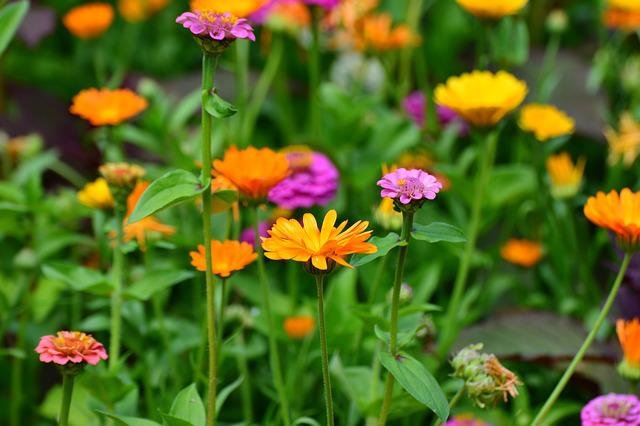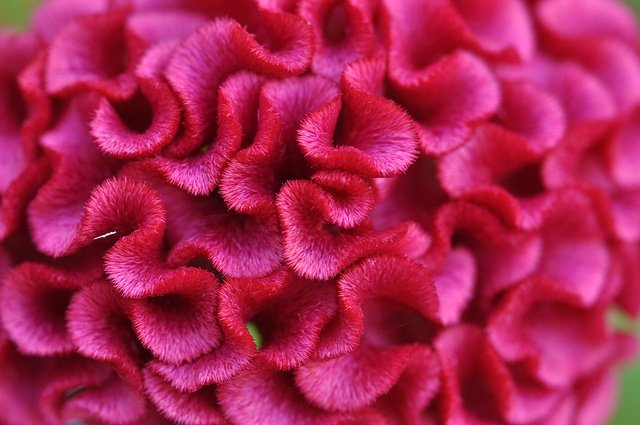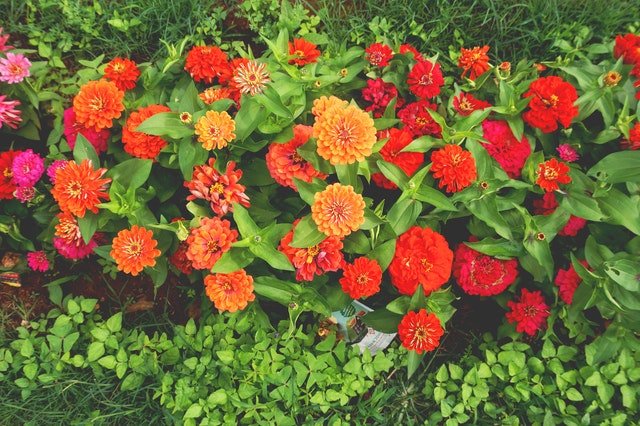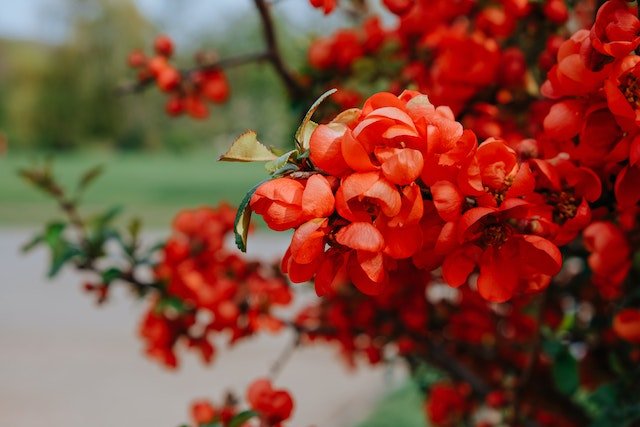Lambs Ear vs Dusty Miller might have caused so much confusion for the gardeners since they are very similar in terms of shape and growth habits. Many thought Dusty Miller was Lambs Ear and not even knowing this for years.
Many gardeners are familiar with the silvery, woolly leaves of lambs ear (Stachys byzantina). What they may not know is that there is another plant with similar-looking foliage, dusty miller (Senecio cineraria). While these two plants may look alike at first glance, there are some key differences between them.
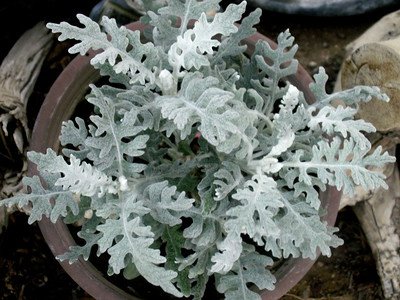
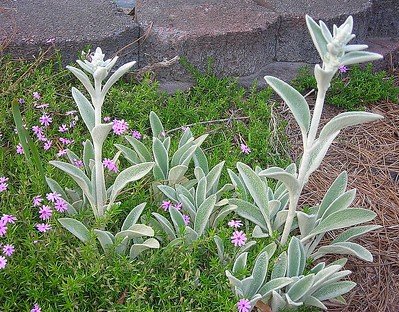
Lambs ear (Stachys byzantina) and dusty miller (Senecio cineraria) are two of the most popular silver-leaved plants used in gardens. They are both heat tolerant, drought resistant, and have a long blooming season. While they share many similarities, there are also some key differences between these two plants.
In this blog post, we’ll explore the difference between lambs ear and dusty miller, the similarities between them, and whether or not they can be planted together.
Table of Contents
The Difference Between Lambs Ear vs Dusty Miller
At first glance, it might be easy to mistake these two flowers for one another. After all, they share some similarities. Both lambs ear and dusty miller are popular choices for gardens, owing to their low maintenance needs and long bloom seasons. Plus, they both boast beautiful silver-gray foliage that makes them stand out in any garden bed.
Despite their similarities, there are some key differences between lambs ear and dusty miller. Lambs ear is a perennial that can reach up to two feet in height, while dusty miller is an annual that only grows to about a foot tall. Lambs ear also has a wooly texture that gives it a soft feel, while dusty miller’s leaves are covered in tiny hairs that give them a powdery appearance. Finally, lambs ear blooms in late spring or early summer, while dusty miller blooms in summer or fall.
Lambs ear (Stachys byzantina) is a perennial plant that’s native to Turkey. It’s named for its furry, soft leaves which resemble lambs’ ears. Lambs ear is drought-tolerant and does best in full sun. It can reach up to 18 inches in height and spread up to 24 inches wide. Lambs ear blooms in the summer with small, lavender flowers.
Lambs ear has been widely cultivated since the 16th century and is now grown in gardens all over the world. Lambs ear gets its name from its soft, furry leaves which resemble the ears of a lamb. The leaves of a lambs ear plant are usually silver-grey in color with a slight green tinge. They are arranged in a rosette shape and can grow up to 8 inches long. Lambs ear plants produce spikes of small, purplish-pink flowers that bloom in late summer.
Dusty Miller (Senecio cineraria) is an annual plant that’s native to the Mediterranean region. It gets its name from its silvery-gray leaves which are covered in a fine layer of dust.
Dusty Miller prefers cooler temperatures and does best in partial shade. It typically only reaches 6-12 inches in height but can spread up to 24 inches wide. Dusty Miller blooms in the spring with small, yellow flowers.
Dusty miller is also an annual plant that is native to the Mediterranean region. However, it is not as widely cultivated as lambs ear and is not as well known.
Dusty miller gets its name from its silvery-grey leaves which are covered in a fine layer of dust-like fuzz. The leaves of a dusty miller plant are lobed and deeply veined. They are arranged in a rosette shape and can grow up to 12 inches wide. Dusty Miller plants produce small yellow flowers that bloom in late summer or early fall.
The most obvious difference between lambs ear and dusty miller is their flowers. Lambs ear produces small, lavender-like flowers that bloom in mid to late summer. Dusty miller, on the other hand, has yellow flowers that appear in late spring to early summer.

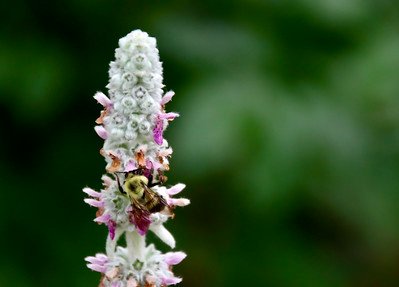
Lambs ear and dusty miller also differ in their care needs. Lambs ear is relatively low maintenance and can tolerate poor soil conditions. Dusty miller prefers well-drained soil and should be fertilized regularly during the growing season. When it comes to light needs, both plants prefer full sun but can tolerate partial shade.
The Similarities Between Lambs Ear and Dusty Miller
As we mentioned before, lambs ear and dusty miller share many similarities. They are both heat tolerant, drought resistant, and have a long blooming season. They are also both low-maintenance plants that require very little care once they are established. Additionally, both lambs ear and dusty miller make great additions to rock gardens, borders, container gardens, or as groundcover plants.
Can Lambs Ear and Dusty Miller Be Planted Together?
Yes! Lambs ear and dusty miller can absolutely be planted together because they share so many similarities. Planting them together will create a beautiful garden that is low maintenance and easy to care for. We recommend spacing your plants 12-18 inches apart so that they have room to grow without overcrowding each other.
Conclusion
Lambs ear vs dusty miller are two popular plants that are often used in gardens. While they have some similarities—such as their ability to tolerate drought—there are also some key differences between them.
Lambs ear is a perennial plant that prefers full sun while dusty miller is an annual plant that prefers partial shade. Additionally, lambs ear has furry, soft leaves while dusty miller has silvery-gray leaves. When choosing plants for your garden, be sure to take these key differences into consideration!

Gardening is my passion and growing plants indoors has always been a stress relief for me. Grow a banana tree in my apartment once (although failed to produce bananas).


